Home>Storage Ideas>Kitchen Storage>How To Clean A Dishwasher So It’s Effective And Efficient
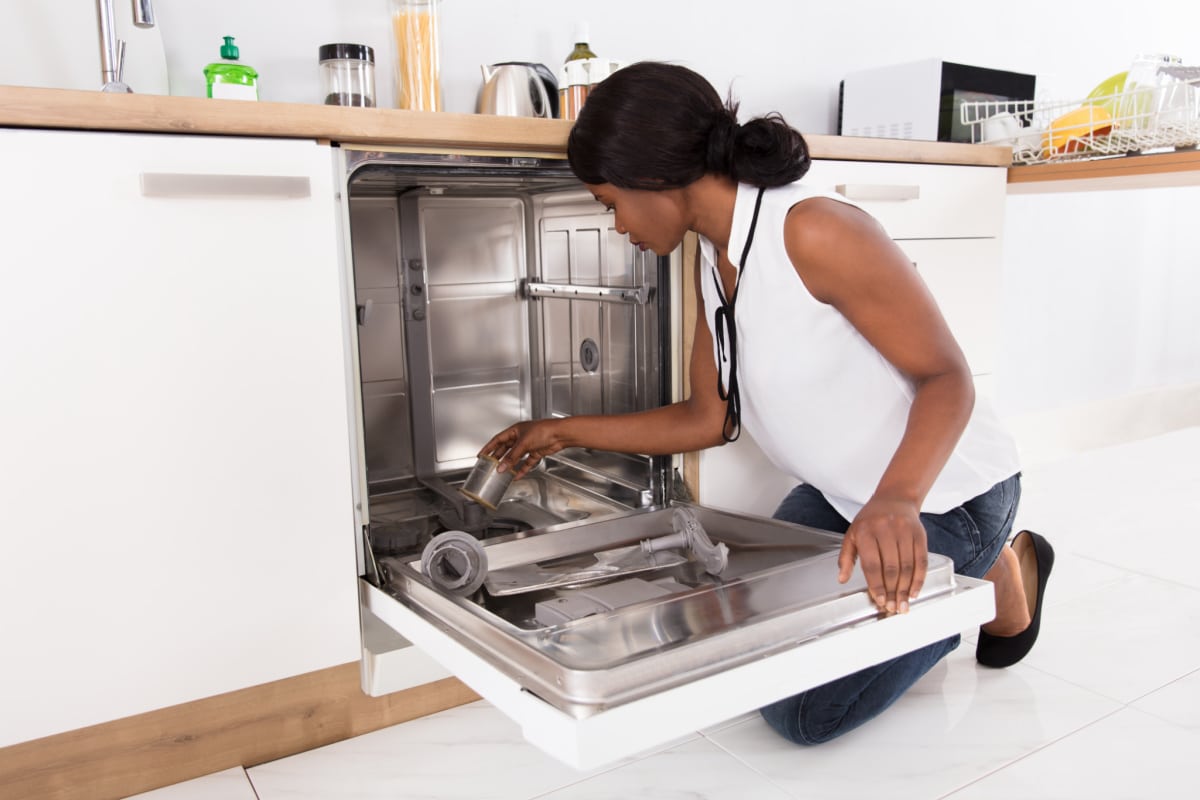

Kitchen Storage
How To Clean A Dishwasher So It’s Effective And Efficient
Modified: January 19, 2024
Discover the best kitchen storage ideas to keep your dishwasher clean, effective, and efficient. Take advantage of these expert tips for a clutter-free and organized kitchen.
(Many of the links in this article redirect to a specific reviewed product. Your purchase of these products through affiliate links helps to generate commission for Storables.com, at no extra cost. Learn more)
Introduction
Welcome to the ultimate guide on how to clean a dishwasher effectively and efficiently. We all know that a dishwasher is a valuable kitchen appliance that saves us time and effort when it comes to cleaning our dishes. However, over time, our trusty dishwasher can accumulate dirt, grease, and grime, which can affect its performance and even lead to unpleasant odors. That’s why regular cleaning and maintenance are essential to keep your dishwasher running smoothly and ensure that your dishes come out sparkling clean every time.
In this article, we will walk you through a step-by-step process to clean your dishwasher thoroughly. From clearing out the dishwasher to cleaning the filter, wiping down the interior, and even unclogging the drain, we will cover all the necessary tasks to restore your dishwasher’s efficiency. Additionally, we will provide tips on how to freshen up the dishwasher and maintain its cleanliness in the long run.
So, let’s roll up our sleeves and get started with the cleaning process! By following these simple steps, you’ll be able to enjoy a clean and odor-free dishwasher that will make your kitchen routine even more delightful.
Key Takeaways:
- Regularly cleaning your dishwasher ensures efficient performance, eliminates odors, and prevents bacteria growth, leading to cleaner and more hygienic dishes.
- Implementing a maintenance routine, such as clearing out debris, cleaning the filter, and freshening up the dishwasher, prolongs its lifespan and contributes to a more enjoyable kitchen experience.
Read more: How To Fix E2 Error In A Washing Machine
Why Cleaning Your Dishwasher is Important
Many of us might assume that since dishwashers are designed to clean, they must also clean themselves in the process. However, that’s not entirely true. Over time, food particles, grease, and soap residue can accumulate inside the dishwasher, leading to a buildup that affects its performance and cleanliness. Here are some key reasons why cleaning your dishwasher is important:
- Efficiency: A clean dishwasher functions more efficiently. When the interior of your dishwasher is free from dirt and debris, it allows the water and detergent to circulate properly, ensuring a thorough and effective cleaning of your dishes. This means that your dishwasher will use less energy and water to clean your dishes, ultimately saving you money on utility bills.
- Odor Elimination: Dirty dishwashers can develop unpleasant odors over time. This is often caused by the accumulation of food particles, grease, and other residue. These odors can transfer to your dishes, leaving them smelling less than fresh. By regularly cleaning your dishwasher, you can eliminate these odors and ensure that your dishes come out smelling clean and fresh.
- Prevention of Bacteria and Mold Growth: The warm and moist environment inside the dishwasher can promote the growth of bacteria and mold. These microorganisms can not only cause unpleasant odors but also pose a health risk. By regularly cleaning your dishwasher, you can prevent the buildup of bacteria and mold, ensuring that your dishes are cleaned in a hygienic environment.
- Prolonged Lifespan: Regular cleaning and maintenance can help extend the lifespan of your dishwasher. When dirt and debris accumulate, it can put additional strain on the internal components, leading to wear and tear. By keeping your dishwasher clean and well-maintained, you can help prevent costly repairs and replacements, ultimately saving you money in the long run.
Now that you understand the importance of cleaning your dishwasher, let’s dive into the step-by-step process to ensure effective and efficient cleaning. By investing a little time and effort in maintaining your dishwasher, you can enjoy its optimal performance and prolong its lifespan.
Step 1: Clearing out the Dishwasher
The first step in cleaning your dishwasher is to remove any items or debris that may be present inside. Follow these simple steps to clear out your dishwasher:
- Empty the dishwasher: Start by removing all dishes, utensils, and any other items from inside the dishwasher. Be sure to check both the top and bottom racks for any hidden items.
- Scrape off food debris: Before proceeding, take a moment to scrape off any large food particles that may be stuck on the dishes. This will help prevent clogs and ensure that the dishwasher operates smoothly during the cleaning process.
- Remove the bottom rack: Depending on your dishwasher model, you may need to remove the bottom rack to access the filter and other components. Carefully slide out the rack and set it aside.
- Inspect the drain area: Take a look at the drain area located at the bottom of the dishwasher. Remove any visible food particles or debris that may have collected there. Use a damp cloth or sponge to wipe down the area, ensuring it is clean and free from any residue.
Once you have completed these steps, your dishwasher will be cleared out and ready for the next phase of cleaning. It is important to clear out the dishwasher regularly to prevent blockages and ensure optimal performance.
Step 2: Cleaning the Filter
The filter is an essential component of your dishwasher that helps trap debris, food particles, and other residue to prevent them from recirculating onto your dishes. Over time, the filter can become clogged and affect the dishwasher’s performance. Here’s how you can clean the filter:
- Locate the filter: The filter is typically located at the bottom of the dishwasher, beneath the spray arm. It may be secured with clips or a screw-on cap. Consult your dishwasher’s manual if you’re unsure about the exact location.
- Remove the filter: Carefully remove the filter from its position. The filter may consist of several parts, including a coarse filter and a fine mesh filter. Take note of how the pieces fit together for easy reassembly later.
- Rinse the filter: Rinse the filter under warm water to remove any loose debris. For stubborn residue, use a soft brush or toothbrush to gently scrub the filter. Be thorough in cleaning both the coarse filter and the fine mesh filter. Check for any signs of damage or wear and replace the filter if necessary.
- Clean the filter housing: While the filter is out, take the opportunity to clean the filter housing as well. Use a damp cloth or sponge to wipe down the area, removing any dirt or residue that may have accumulated.
- Reassemble the filter: Once the filter and filter housing are clean and dry, reassemble the filter by placing the pieces back in their original positions. Ensure that they fit snugly and securely.
By cleaning the filter regularly, you can maintain a clean and efficient dishwasher. A clogged filter can impede water flow and lead to poor cleaning performance. Make sure to refer to your dishwasher’s manual for specific instructions regarding filter cleaning and maintenance.
Step 3: Wiping down the Interior
Now that you have cleared out the dishwasher and cleaned the filter, it’s time to focus on wiping down the interior of the dishwasher. This step will help remove any residue, grease, or buildup that may have accumulated over time. Follow these steps to ensure a thorough cleaning:
- Mix a cleaning solution: Prepare a solution of warm water and mild dish soap or white vinegar. These ingredients are gentle yet effective in cutting through grease and removing stains.
- Dampen a cloth or sponge: Dip a cloth or sponge into the cleaning solution, making sure it is not soaking wet. You want it to be damp enough to clean the interior but not overly saturated.
- Wipe down the interior surfaces: Starting from the inside door, begin wiping down the interior surfaces of the dishwasher. Pay close attention to areas prone to buildup, such as the bottom, sides, and the racks. Scrub gently but firmly to remove any stubborn stains or residue.
- Focus on the gasket: The rubber gasket around the dishwasher door often collects dirt and grime. Use a toothbrush or a soft brush to scrub the gasket and remove any residue. Be thorough but gentle to avoid damaging the gasket.
- Clean the control panel: If your dishwasher has a control panel, wipe it down with a clean, damp cloth. Avoid using excessive water that can seep into the electronics. Instead, focus on gently removing any smudges or stains.
- Rinse with clean water: After wiping down the interior, rinse the cloth or sponge with clean water. Use it to wipe away any soap residue or cleaning solution from the dishwasher surfaces.
By regularly wiping down the interior of your dishwasher, you can prevent the buildup of grime and maintain a clean and hygienic environment. This step is essential for ensuring that your dishes come out spotless and free from any residue or odors.
Run a cycle with a cup of vinegar on the top rack and baking soda on the bottom to remove buildup and odors. Wipe down the edges and seals with a damp cloth. Repeat monthly for best results.
Step 4: Cleaning the Spray Arms
The spray arms in your dishwasher play a crucial role in distributing water and detergent evenly to clean your dishes effectively. Over time, these spray arms can become clogged with mineral deposits, food particles, and debris, which can hinder their performance. Follow these steps to clean the spray arms:
- Remove the spray arms: Depending on your dishwasher model, you may need to twist, unscrew, or unclip the spray arms to remove them. Consult your dishwasher’s manual for specific instructions. Once removed, inspect the spray arms for any blockages or damaged components.
- Clear out the spray arm holes: Use a toothpick or a thin wire to clear out any clogged holes in the spray arms. Gently insert the toothpick or wire into each hole and dislodge any debris that may be causing the blockage. Rinse the spray arms thoroughly under running water to remove any loosened debris.
- Soak the spray arms: Prepare a solution of warm water and vinegar or dish soap. Submerge the spray arms in the solution and let them soak for about 15 minutes. This will help break down any stubborn residue and further dissolve mineral deposits.
- Scrub the spray arms: After soaking, use a soft brush or a toothbrush to scrub the spray arms. Pay attention to the nozzles and the underside of the arms, where buildup may be more significant. Scrub gently but firmly to ensure a thorough cleaning.
- Rinse and reassemble: Rinse the spray arms under clean water to remove any remaining cleaning solution. Ensure that all the holes are clear and free from debris. Once clean and dry, reattach the spray arms to their original positions in the dishwasher.
By cleaning the spray arms, you can ensure that water flows freely and evenly during the dishwasher’s cycle. This will result in better cleaning performance and thoroughly washed dishes. Regular maintenance of the spray arms will also help prevent blockages and extend their lifespan.
Step 5: Unclogging the Drain
The drain in your dishwasher is responsible for removing wastewater and food debris, keeping your dishwasher clean and preventing blockages. However, over time, the drain can become clogged with food particles, grease, and other residues. Here’s how you can unclog the drain and ensure proper drainage:
- Disconnect the dishwasher: To ensure your safety, start by unplugging the dishwasher or turning off its power supply. You don’t want any accidental activation while working on the drain.
- Locate the drain: The drain in your dishwasher is usually located at the bottom of the tub, near the back. It may be covered by a grid or a cover. Remove any screws or clips to access the drain.
- Remove visible debris: Using gloves, carefully remove any visible debris from the drain. This may include food particles, paper, or other objects that have found their way into the drain. Dispose of the debris in a trash bag.
- Use a drain cleaner: If the drain is still clogged, you can use a dishwasher-safe drain cleaner to dissolve any stubborn residue. Follow the manufacturer’s instructions and be cautious not to damage any plastic or rubber components.
- Flush the drain: Once you’ve applied the drain cleaner, pour hot water down the drain to flush away any dissolved residue and clear the clog. Repeat this step a few times to ensure a thorough cleaning.
- Replace the drain cover: After the drain is unclogged and clean, securely replace the drain cover or grid. Make sure it is fitted properly to prevent any debris from entering the drain during future use.
- Reconnect the dishwasher: Finally, plug the dishwasher back in or restore the power supply. Your dishwasher is now ready for use with a clear and unclogged drain.
By unclogging the drain, you’ll ensure that wastewater flows out properly, preventing any backup or foul odors. This step will also improve the overall performance of your dishwasher, leading to cleaner and more hygienic dishwashing results.
Step 6: Freshening up the Dishwasher
After cleaning the essential components of your dishwasher, it’s time to give it a fresh touch and eliminate any lingering odors. Follow these steps to freshen up your dishwasher:
- Prepare a freshening solution: Mix equal parts of white vinegar and water in a dishwasher-safe bowl or measuring cup. The vinegar serves as a natural deodorizer and helps eliminate odors.
- Place the solution in the dishwasher: Put the bowl or cup containing the vinegar-water mixture on the top rack, ensuring it is secure and won’t tip over during the cycle.
- Run a hot water cycle: Set your dishwasher to a hot water cycle. The heat, combined with the vinegar solution, will help eliminate any odors and freshen up the interior of the dishwasher.
- Optional: Add baking soda: For an extra freshness boost, you can sprinkle a small amount of baking soda on the bottom of the dishwasher. This will absorb any remaining odors and leave your dishwasher smelling clean.
- Wipe down the exterior: While the dishwasher is running its freshening cycle, take the opportunity to wipe down the exterior of the dishwasher. Use a damp cloth or sponge to remove any stains or fingerprints. Dry it off with a clean cloth once finished.
- Leave the door open to air out: Once the cycle is complete and you’ve wiped down the exterior, leave the dishwasher door open for a while to allow the interior to dry completely. This will help prevent the growth of mold and mildew.
Freshening up your dishwasher regularly helps maintain a pleasant aroma and ensures that your dishes don’t pick up any unwanted smells. It’s an easy and effective way to keep your dishwasher smelling fresh and ready for the next load of dishes!
Step 7: Maintaining a Clean Dishwasher
Now that you’ve completed the cleaning process for your dishwasher, it’s important to establish a routine for regular maintenance. By implementing these practices, you can ensure that your dishwasher remains clean and performs optimally for years to come:
- Scrape off food debris: Before loading your dishes into the dishwasher, make it a habit to scrape off any large food particles. This will help prevent clogs and keep your dishwasher cleaner.
- Rinse dishes before loading: If your dishwasher doesn’t have a built-in food disposal system, rinse off dishes that have excess food residue. This reduces the chance of leftover food debris finding its way into your dishwasher’s filter and spray arms.
- Run the dishwasher regularly: Even if you don’t have a full load of dishes, it’s beneficial to run your dishwasher at least once every few days. This helps prevent stagnant water from sitting in the dishwasher, reducing the risk of unpleasant odors and bacteria growth.
- Use dishwasher-safe cleaning products: When using cleaning products for your dishwasher, ensure they are specifically designed for dishwasher use. Using the wrong cleaners can damage the internal components of your dishwasher.
- Inspect and clean the filter regularly: Make it a habit to check and clean the dishwasher’s filter on a monthly basis. Remove any debris and rinse it thoroughly to maintain optimal performance.
- Keep the dishwasher door slightly open: When not in use, leave the dishwasher door slightly ajar. This allows air to circulate inside, preventing the buildup of moisture, which can lead to mold and mildew.
- Periodically descale your dishwasher: Depending on the hardness of your water, mineral deposits can accumulate inside the dishwasher. Use a dishwasher-safe descaling agent to remove these deposits and maintain the efficiency of your dishwasher.
- Read the dishwasher manual: Familiarize yourself with the specific guidelines and recommendations provided by the manufacturer in the dishwasher’s manual. This will help you understand any specific cleaning or maintenance requirements for your particular dishwasher model.
By following these maintenance practices, you’ll keep your dishwasher in top shape, ensuring that it continues to provide you with clean and spotless dishes. Regular maintenance not only extends the lifespan of your dishwasher but also contributes to the overall cleanliness and hygiene of your kitchen.
Conclusion
Cleaning and maintaining your dishwasher is essential to ensure its optimal performance and longevity. By following the steps outlined in this guide, you can effectively and efficiently clean your dishwasher and keep it in impeccable condition. Regular cleaning not only helps eliminate odors and prevent bacterial growth but also improves the efficiency of your dishwasher, leading to cleaner and more hygienic dishes.
Remember to start by clearing out the dishwasher and removing any food debris. Clean the filter to ensure proper water flow and remove buildup. Wipe down the interior surfaces, paying attention to the gasket and control panel. Clean the spray arms, unclog the drain, and freshen up your dishwasher to eliminate any lingering odors. Lastly, establish a maintenance routine to keep your dishwasher clean and in excellent working order.
By taking care of your dishwasher, you can save time, money, and energy in the long run. A clean dishwasher not only provides you with sparkling clean dishes but also contributes to a more enjoyable and efficient kitchen experience.
So, roll up your sleeves, follow these steps, and enjoy the benefits of a clean and well-maintained dishwasher in your kitchen!
Frequently Asked Questions about How To Clean A Dishwasher So It’s Effective And Efficient
Was this page helpful?
At Storables.com, we guarantee accurate and reliable information. Our content, validated by Expert Board Contributors, is crafted following stringent Editorial Policies. We're committed to providing you with well-researched, expert-backed insights for all your informational needs.









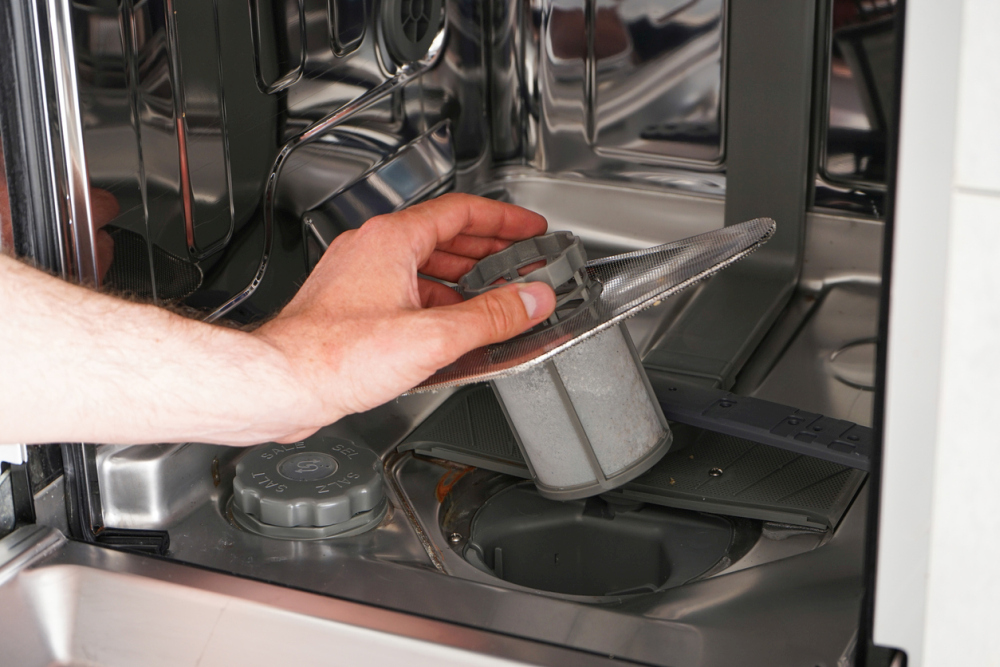
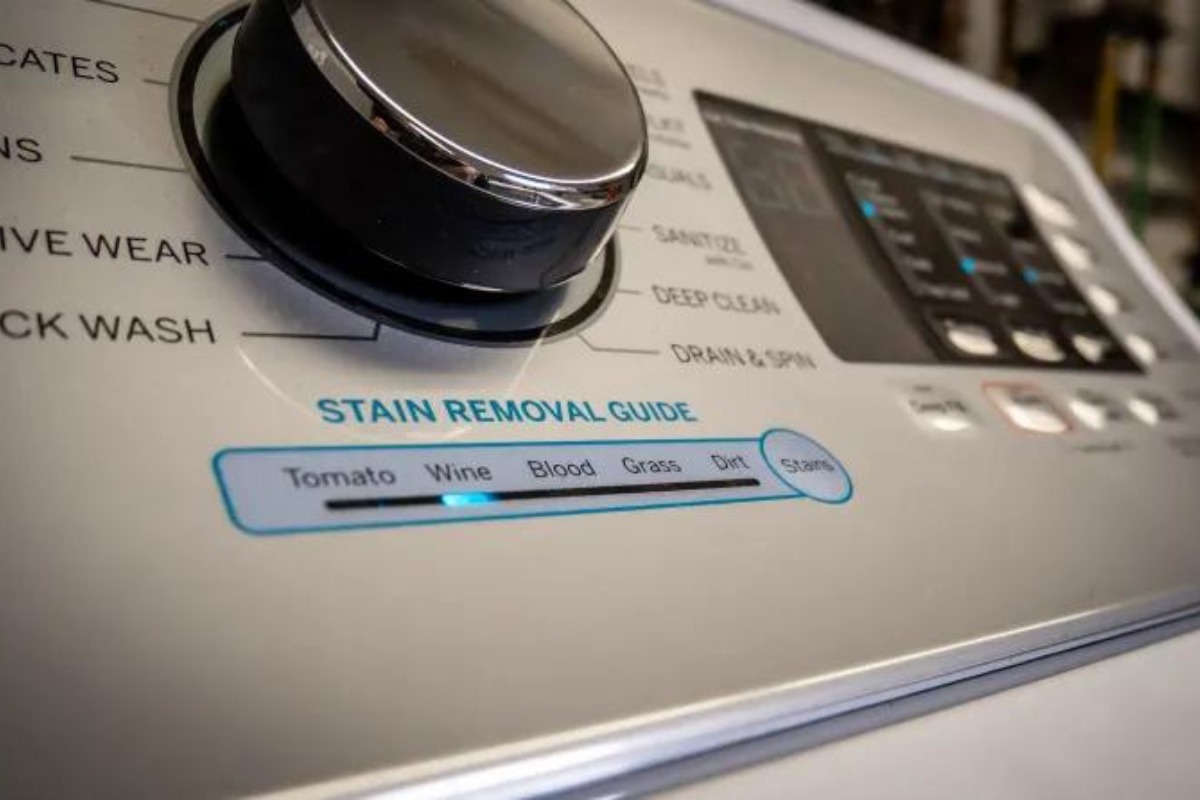
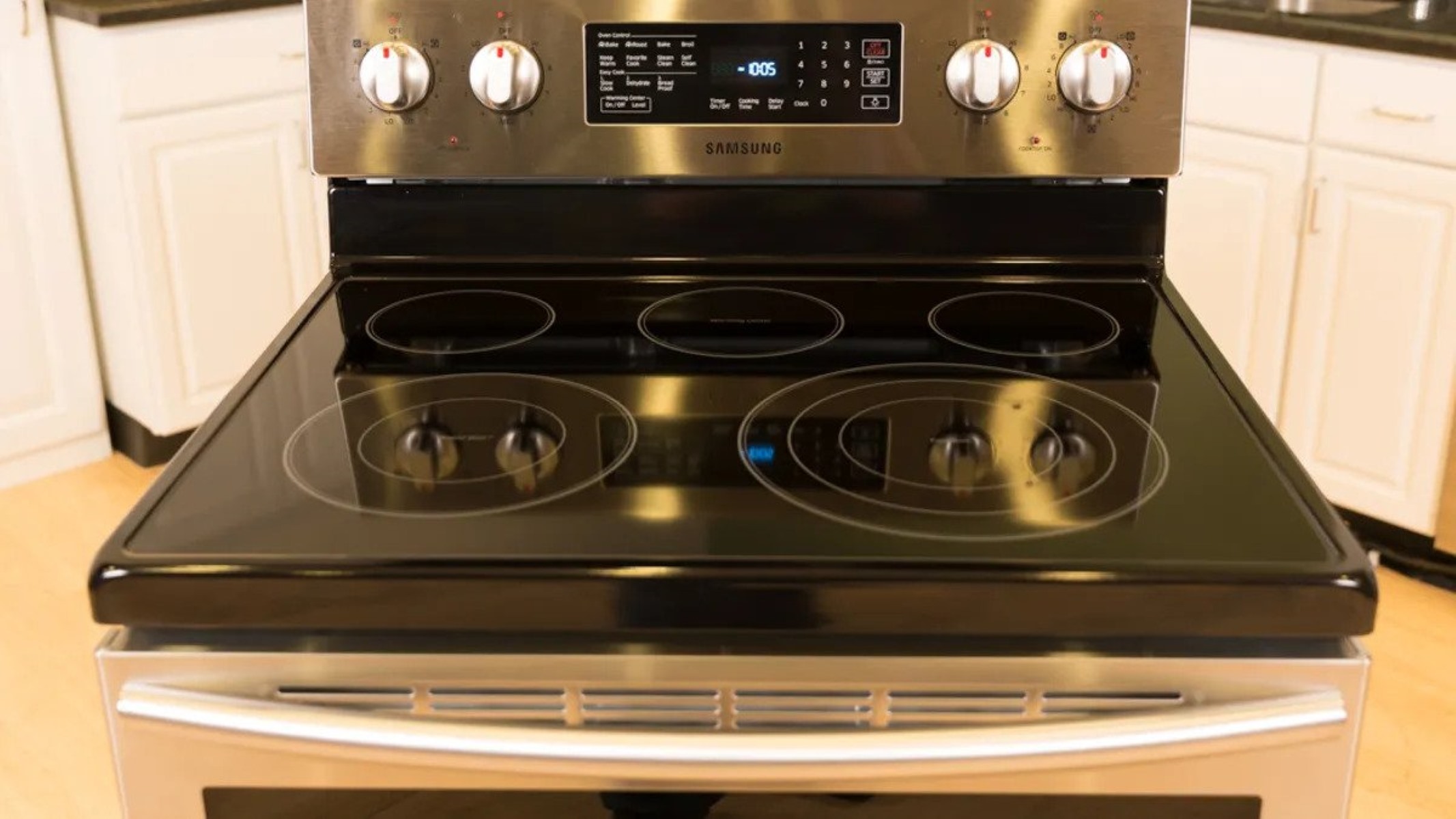
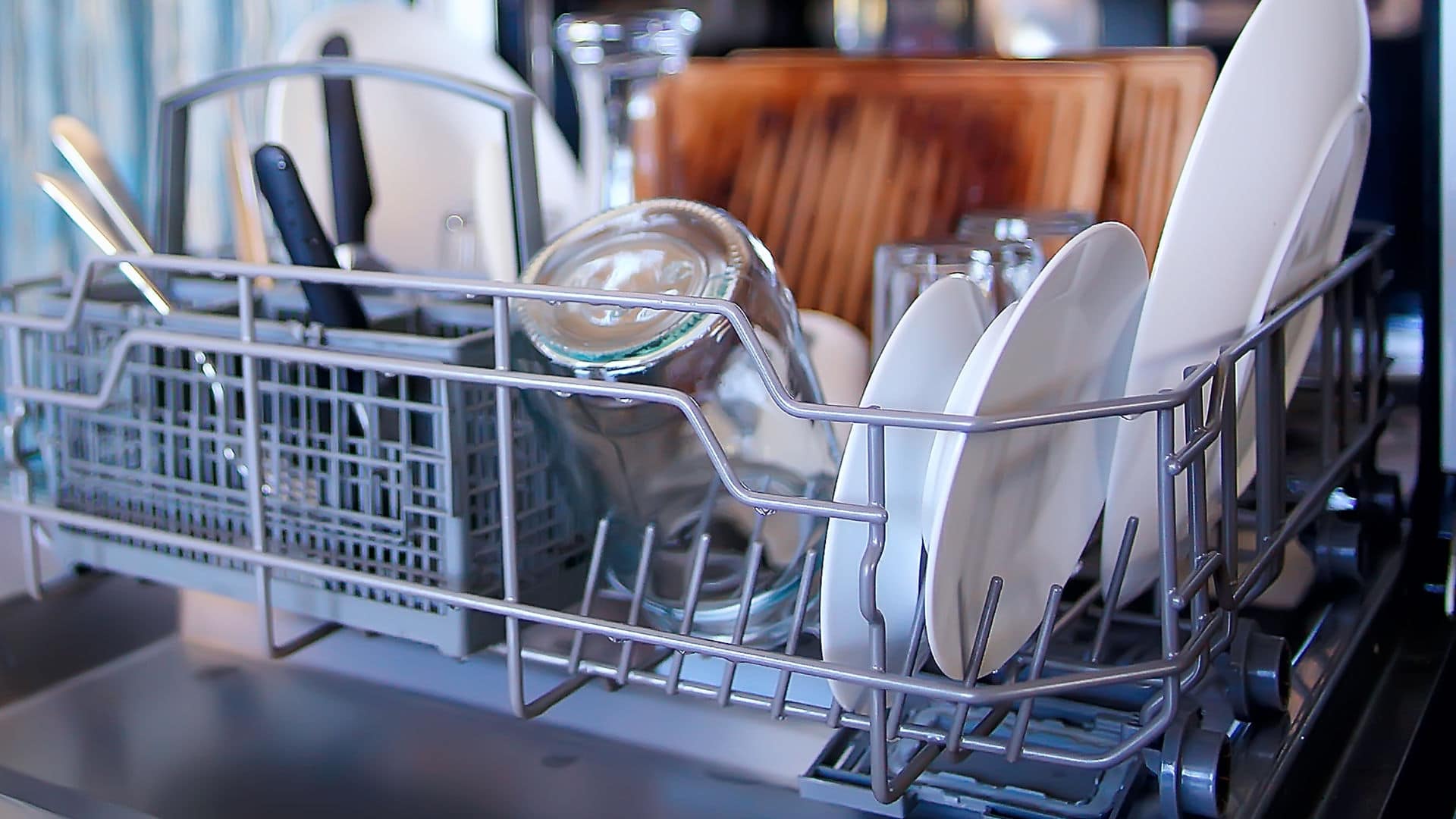

0 thoughts on “How To Clean A Dishwasher So It’s Effective And Efficient”